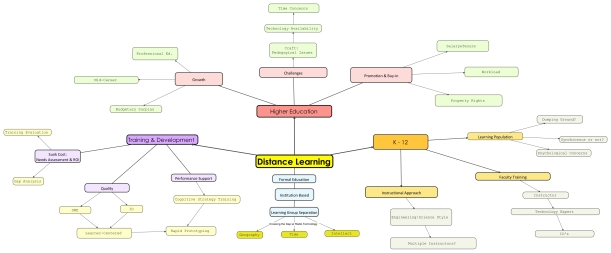Several years ago I was part of a team asked to create a two-year integrated science program for 9th grade and 10th grade students. Although the specific goals of the project were much more detailed, the overall theme was to create a hands-on, inquiry-based curriculum that incorporated the three major science disciplines: life, physical and earth. The district set up a realistic time frame of two years for program implementation and the expectation was for the 9th course to be finished the first year, the 10th completed the second year, with the project roll out the third year for the freshman only. To be honest, it was a great experience for about the first six months. The district paid for substitutes once a month, paid us for a Saturday once a month, and the team seemed to be on the same page most of the time.
Then the budget became an issue. The budget problem had nothing to do with the labor because the project manager had this as part of the plan; the problem was the resources necessary for the classroom teachers to implement the lessons. Although we all knew what equipment and supplies were available in our own departments, we did not represent every school in the district. Our first milestone was to send a rough draft of the lessons to the department chairperson at each high school at the beginning of the second semester of the first year; what a disaster. Questions tended revolve around the same two areas: “Who is going to purchase the added materials, it certainly is not in our budget?” “Who is going to pay for the professional development, my biology teachers do not know how to teach chemistry, physics, and earth science?”
“Since scope creep is a major cause of cost and time overrun, the project manager must control changes to the project charter and project scope” (Lynch & Roecker, 2007, p. 96), it became apparent that the original budget did not include the implementation plan along with design and development. Either the project charter would have to be changed to incorporate the additional funding or the goals needed to change. Since we were in a publically funded school district, which of those two options do you think was chosen? The end result was that the two-year program became one and the money allotted for designing the second year of the program was utilized for the resources and training at the school sites. Our team was retained for the two-year period but the second year became an exercise in re-molding the lessons to fit into the resources already available at most of the sites. In the end the program was not as effective and neither were our attitudes. The freshman course lasted for a few years but because the original sequence incorporated a second year, the course material was incomplete.
“Apparent scope creep often indicates that requirements were missed during elicitation” (Wiegers, 2000); this was exactly the case. The specific budgetary requirements were not properly communicated to the development team and the project manager did not develop a sufficient communication plan in order to monitor the ongoing process.
References:
Lynch, M. M., & Roecker, J. (2007). Project managing e-learning: A handbook for successful design, delivery, and management. London: Routledge. Copyright by Taylor & Francis Group, LLC.
Wiegers, K. (2000). Karl Wiegers describes 10 requirements traps to avoid. Press Impact Inc. Retrieved on 12/6/2012 from: http://api.adm.br/GRS/referencias/RequirementsTraps.pdf








